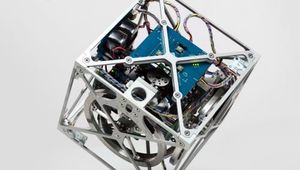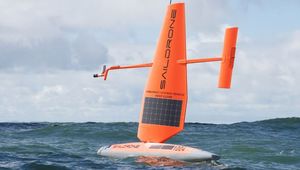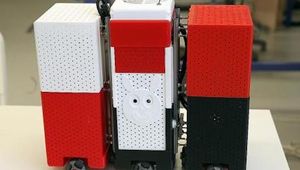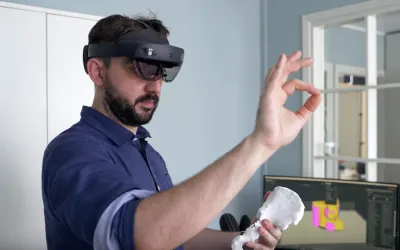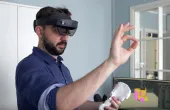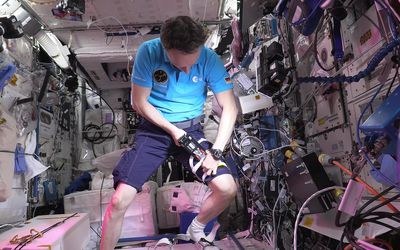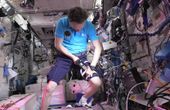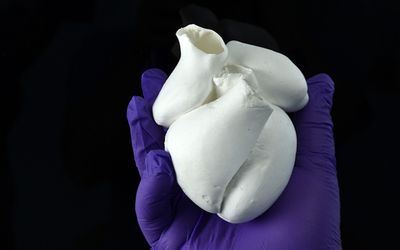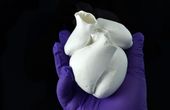Field Ready 3D Printable Otoscope
A 3D printable otoscope for tympanic membrane and external canal examination of the human ear.
Technical Specifications
| Project Type | Open source |
| Developed By | Field Ready |
Overview
Open Source Design Files for Easy Printing
As an open-source 3D printable device, Field Ready Otoscopes ensure that all parts are easily accessible and printable by any user. Therefore, it provides a list of STL files for each part with a sophisticated design code. It’s, therefore, pretty convenient for users to download the design files and assemble the parts to create their Otoscopes.
The Otoscope design files include the following:
Battery housing
Otoscope Body
LED housing
Specula
Threaded nut
Mounting files
As a result, it doesn’t require users to have comprehensive knowledge of 3D printing as they can use ready-to-print files from the internet.
A Device for Social Welfare
3D printable medical devices are quite common in modern medical facilities. Many modern devices are fully 3D-printed, which makes it easier for clinics to access and use the devices without relying on shipments and expensive gadgets.
However, in disaster-struck regions where medical supply and sourcing can be a problem, 3D printable designs can be a life-saving option. In such cases, a 3D printing facility could be pivotal in providing essential medical devices to local hospitals and clinics.
That’s where Field Ready Otoscope becomes even more useful. In an earthquake-affected region of Bhotechaur, Nepal, a 3D printing engineer, Ram Chandra Thapa, set up a facility to provide freshly 3D printed medical devices to the local clinics and hospitals.
The idea was inspired due to the lack of otoscopes in the local clinics. Along with Field Ready, Ram Chandra initiated the project printing the 3D otoscopes to serve the local medical institutes and ensure an adequate supply of more medical devices.
Part of a Much Larger Project
The otoscope printing facility isn’t the only project that Field Ready has taken up in Nepal. Instead, it aims to expand its 3D printing facilities to at least six different clinics that can supply more medical equipment within the region to suffice medical needs.
In the long run, the project aims to bring a sustainable solution in providing eco-friendly devices to the local authorities.
Likewise, Field Ready also works on various other humanitarian issues, such as the reconstruction of disaster-struck areas, sanitation, water supply, healthcare, and many others. It aims to establish sustainable solutions like 3D printing, injection molding, and laser cutting solutions and make them more accessible, especially in regions that lack supply and logistical issues.
On top of that, projects like Field Ready Otoscopes will also give way to training more masses about 3D printing, which will reduce cost, meet humanitarian needs, and also open new opportunities for employment and local businesses.
